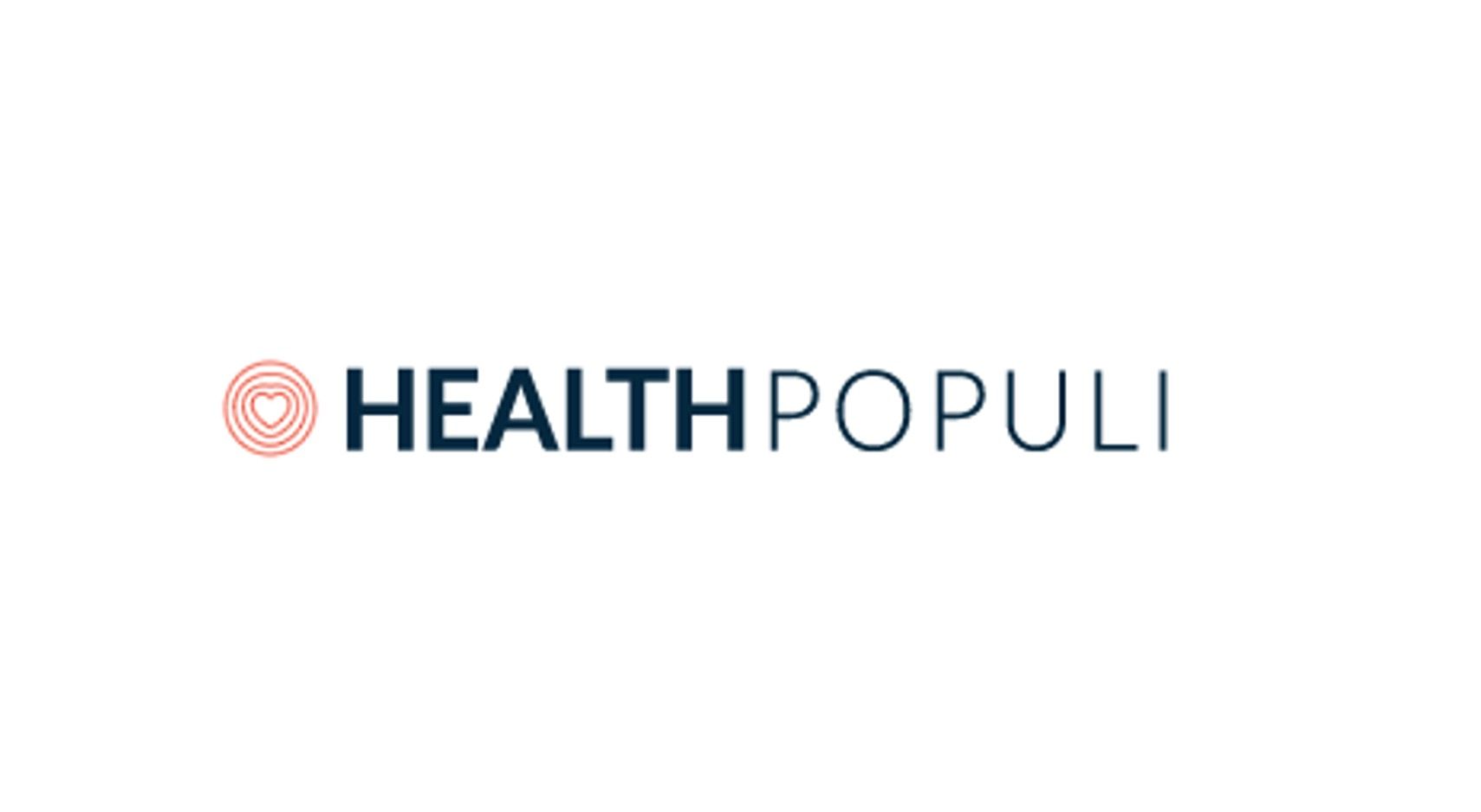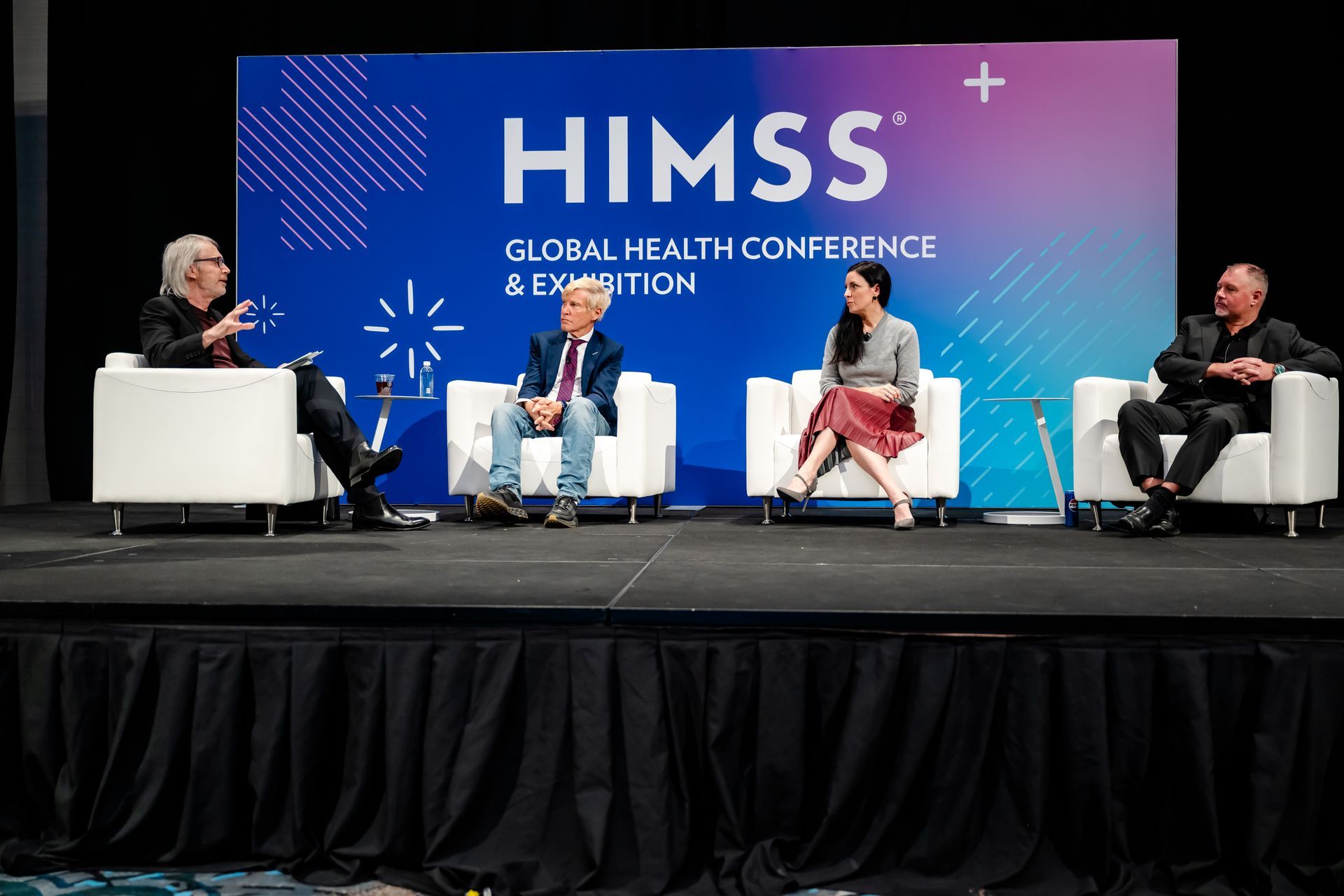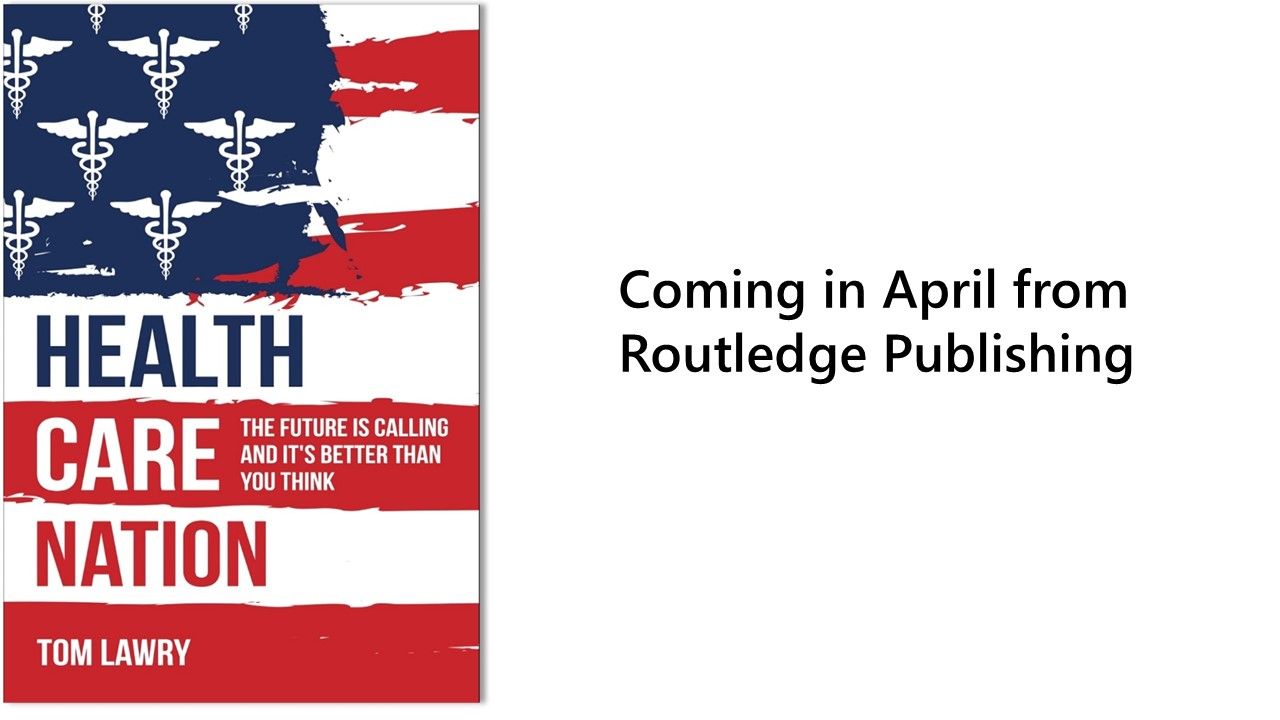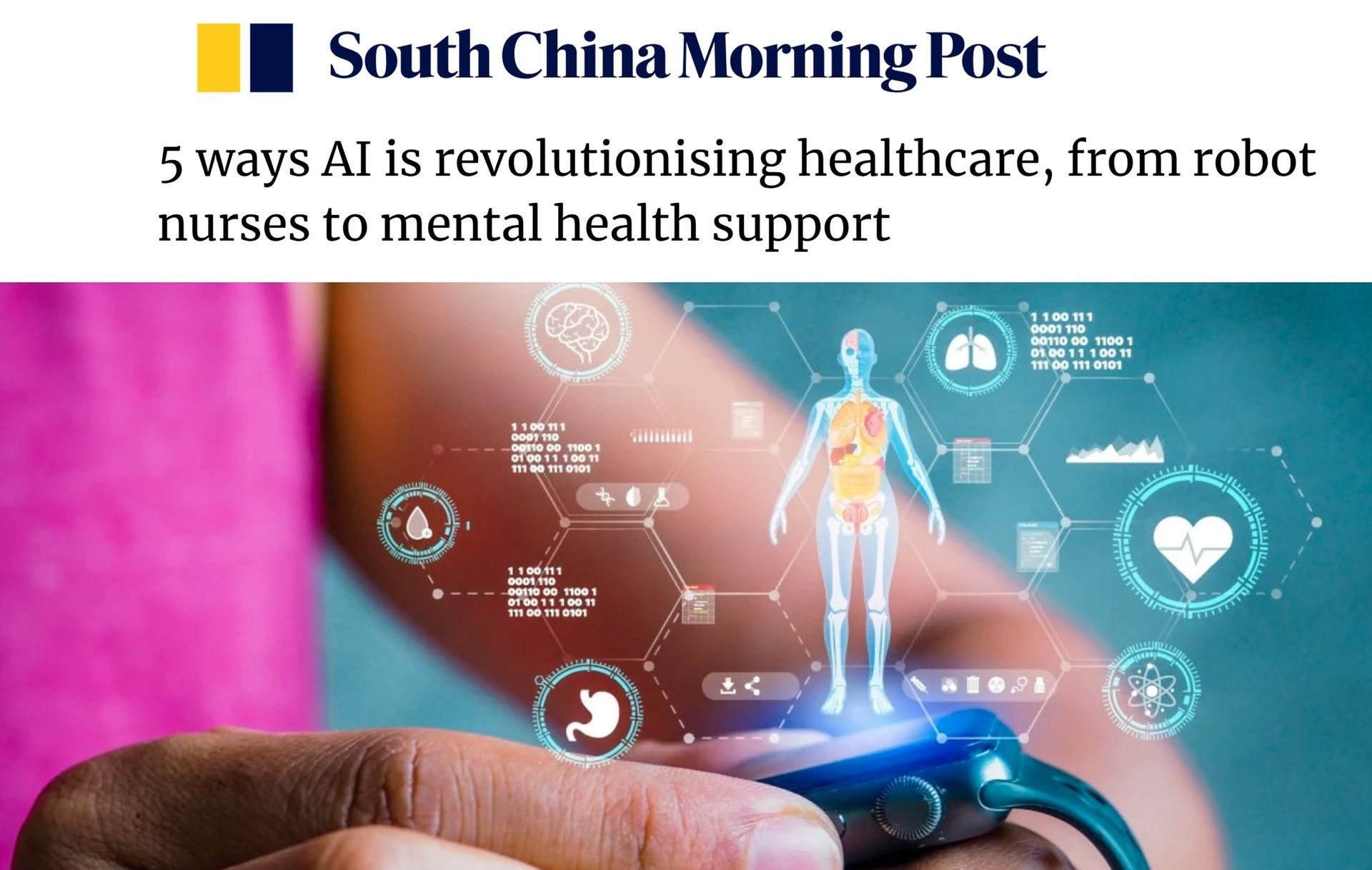Intelligent Aging is Healthcare’s Moonshot
“It's not how old you are, it's how you are old.”
- Jules Renard
It was the summer of 1965 when Medicare was signed into law, guaranteeing that the federal government would manage the provision and cost of medical care for all seniors. In doing so, President Lyndon Johnson proudly declared, “No longer will older Americans be denied the healing miracle of modern medicine. No longer will illness crush and destroy the savings that they have so carefully put away over a lifetime.” [1]
As the country’s then nineteen million seniors celebrated, little note was taken of the seventy-six million children who were part of a generation that would come to be known as the “baby boomers.” [2] [3]
A nation of people once very young is today growing older by the minute. Every 15 seconds, a baby boomer turns 65. Medicare covers 62 million beneficiaries today. This will swell to over 80 million beneficiaries by 2030.[4] [5] As this tectonic demographic shift happens, there is another essential fact to consider: On average, those 65 and older consume five times more health resources than those under 65. [6]
Caring for aging boomers will stress the economic well-being of the working-age population. The number of taxpaying workers per Medicare beneficiary has declined from 4.6 during the program’s early years to 2.9 today. By 2030, this number is projected to be 2.3 [7]
The hypergrowth of Medicare beneficiaries multiplied by a 5X consumption factor is problematic. Add medical inflation, an expected staffing shortfall, and a decreasing number of workers to pay for it, and you grasp the magnitude of the problem.
Changing Outcomes by Changing the Model
A paradigm shift is needed to better manage older citizens’ needs and curb rising costs. Leveraging the use of AI, digital tools and other smart technologies across the spectrum of care settings will help address the following:
Reactive to proactive: Today the delivery and payment for health and medical services are based on a “break-fix” model. The introduction and use of intelligent technologies will allow us to proactively focus more on prevention and the overall holistic health of populations rather than episodic and transaction-based treatments.
When it comes to the health and well-being of older people, a big part of what needs to be done is preventing and better managing chronic conditions that can be proactively monitored and better managed with intelligent lifestyle and community-based services.
Intelligent Aging Opportunities
Over the next fifteen years, the number of people 65 and older in the United States will grow by over 50%.[8]
This generational shift will be accompanied by a change in technology acceptance among older people. Someone who is seventy today may have first experienced some form of personalized IT in middle age or later, while a fifty-year-old today is far more technology-friendly and savvy. As a result, there will be a growing interest and market for already available and maturing intelligent technologies to support physical, emotional, social, and mental health as we age.
For example, telehealth visits among Medicare beneficiaries increased 63-fold during the pandemic. Equally important, 95% of Medicare beneficiaries were satisfied with their telehealth experience.[9]
Here are other examples of how intelligent technologies will support older consumers:
Ambient Intelligence will become commonplace. Continuous “anywhere” monitoring will provide new and ongoing opportunities to assess and manage the health and wellness of older citizens. Whether through wearables, sensing devices in the home, or embedded in things we have regular contact with like car seats and mattresses, smart devices will gather data that is analyzed by healthcare professionals and/or presented back to the consumer.
Intelligent virtual assistants will be used between human visits to keep people healthy. They will assess and provide individuals with ongoing and real-time intelligent advice. Manually managing and recording daily activities such as nutrition and fitness has always been tedious and difficult. AI virtual assistants will automate the acquisition of deep knowledge of an individual’s diet, exercise, medications, and emotional state.
AI will reduce social isolation for many older Americans and create new healthy connections between friends, family members, and the community. AI chatbots at home will keep people on top of things like taking medications, reminding them of doctors’ appointments, and even scheduling transportation.
New intelligent medical devices and applications will focus on improving the daily living needs of older citizens. AI-powered hearing aids and visual assistive devices will mitigate the effects of hearing and vision loss, enhancing safety and social connection.
As we consider the health, medical and economic challenges of serving this important population, let’s start first by acknowledging and celebrating our successes. Things like public health and medical breakthroughs are allowing more people to live longer than at any point in history. As we celebrate this accomplishment, let us recognize that this success creates new challenges that the existing healthcare system was never designed to address.
Creating a new approach starts with moving away from our traditional views and beliefs regarding aging. Nowhere will this be more important than how we leverage technology to improve the provision of services to manage the health and wellbeing of older citizens.
[1] What Did Medicare Do (And Was It Worth It)?.
Amy Finkelstein,
Robin McKnight. NBER Working Paper No. 11609. April 2006 http://www.nber.org/papers/w11609
[2] Older Americans 2016: Key Indicators of Well-Being http://www.seniorcare.com/featured/aging-america/
[3] U.S. Census Bureau, Current Population Reports . https://www.childstats.gov/AMERICASCHILDREN/tables/pop1.asp
[4] The Next Generation of Medicare Beneficiaries, MedPac Report to the Congress: Medicare and the Health Care Delivery System. 2015 http://www.medpac.gov/docs/default-source/reports/chapter-2-the-next-generation-of-medicare-beneficiaries-june-2015-report-.pdf#:~:text=The%20number%20of%20taxpaying%20workers%20per%20Medicare%20beneficiary,projected%20by%20the%20Medicare%20Trustees%20to%20be%202.3.
[5] 2021 Medicare Beneficiaries at a Glance, CMS. https://www.cms.gov/Research-Statistics-Data-and-Systems/Statistics-Trends-and-Reports/Beneficiary-Snapshot/Bene_Snapshot
[6] Lubitz J, Greenberg LG, Gorina Y et al. Three decades of health care use by the elderly, 1965–1998. Health Aff (Millwood) 2001;20:19–32.
[7] Medicare 2021 Trustee Report, CMS, https://www.cms.gov/Research-Statistics-Data-and-Systems/Statistics-Trends-and-Reports/ReportsTrustFunds
[8] Jennifer M. Ortman, Victoria A. Velkoff, and Howard Hogan, "An Aging Nation: The Older Population in the United States: Population Estimates and Projections," Current Population Reports, U.S Census Bureau (May 2014), accessed August 1, 2016, https://www.census.gov/prod/2014pubs/p25-1140.pdf.
[9] Medicare Telemedicine Snapshot, Medicare Telemedicine Snapshot (CMS.gov)









